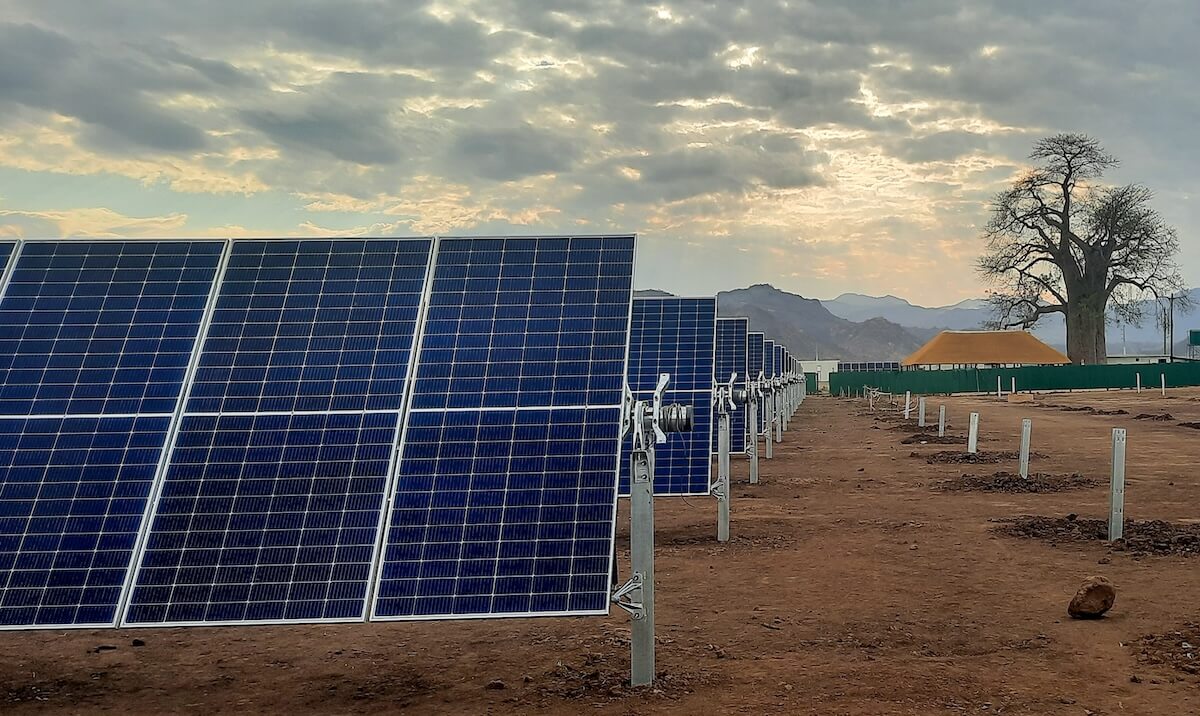Almost half of the activities for which people are paid almost $16 trillion in wages could be automated with current technology, according to an ongoing study from McKinsey Global Institute.
Whether that includes your job depends on the extent to which your tasks are predictable and repeatable and how much human interaction and judgment are required. In food service, almost half of all labor time involves predictable physical activities such as preparing and serving food and beverages or collecting and cleaning dirty dishes. Three out of four of those activities could be automated. In manufacturing, 90 percent of the activities of welders, cutters, solderers, and brazers do could be automated; for customer-service reps, less than 30 percent.
The good news: People and technology will increasingly work together as activities are automated. Overall, automation could boost global productivity by up to 1.4 percent annually by 2065, the report predicts. That could mean more jobs, not fewer. Bar-code scanners and point-of-sale systems in the 1980s reduced store labor costs by about 4.5 percent. But cashiers were still needed; the number of checker jobs grew by an average of more than 2 percent between 1980 and 2013.










